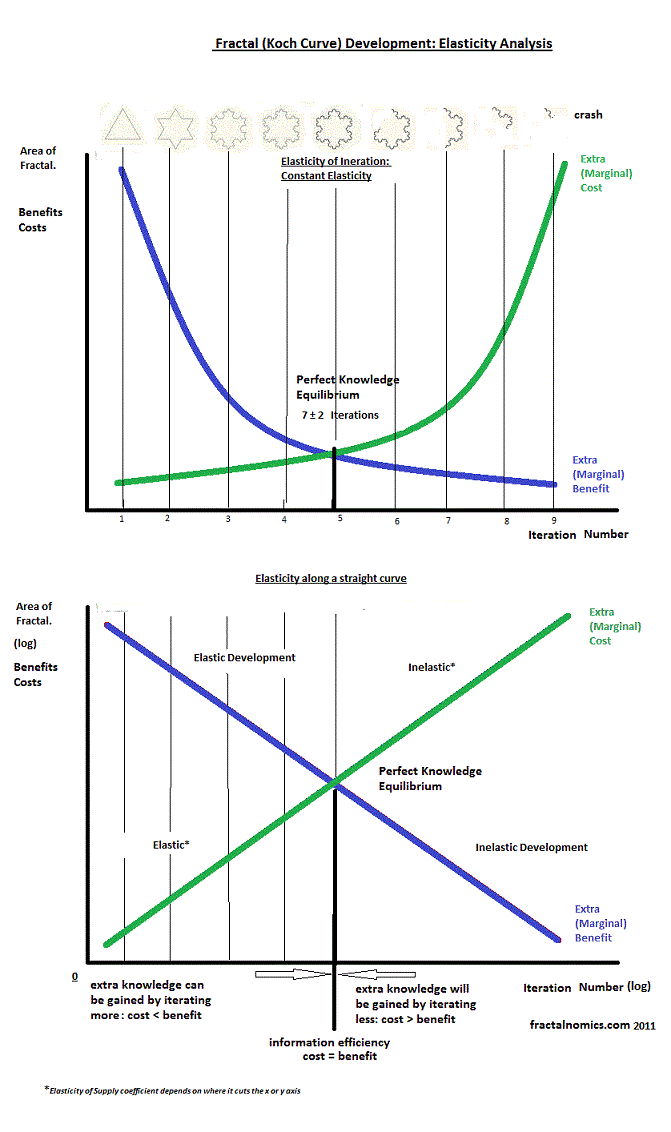The credit card effect
The credit card effect (as opposed to 'the butterfly effect') - one person's (credit card) debt could bankrupt a country - or even the world's economy. This is the perfect economic fractal example of dangerous massive debt burdens migrating from the small scale (individual) to the large scale (country); the principle or idea (of debt) is the same, and the scale is irrelevant. I explained the world's economic problems to my 10-year-old daughter by reducing the problem to her scale—it was very easy. Today, through the mechanism of (moral hazard) bank bailouts, countries are being burdened. Where to next? This is the perfect storm. '


